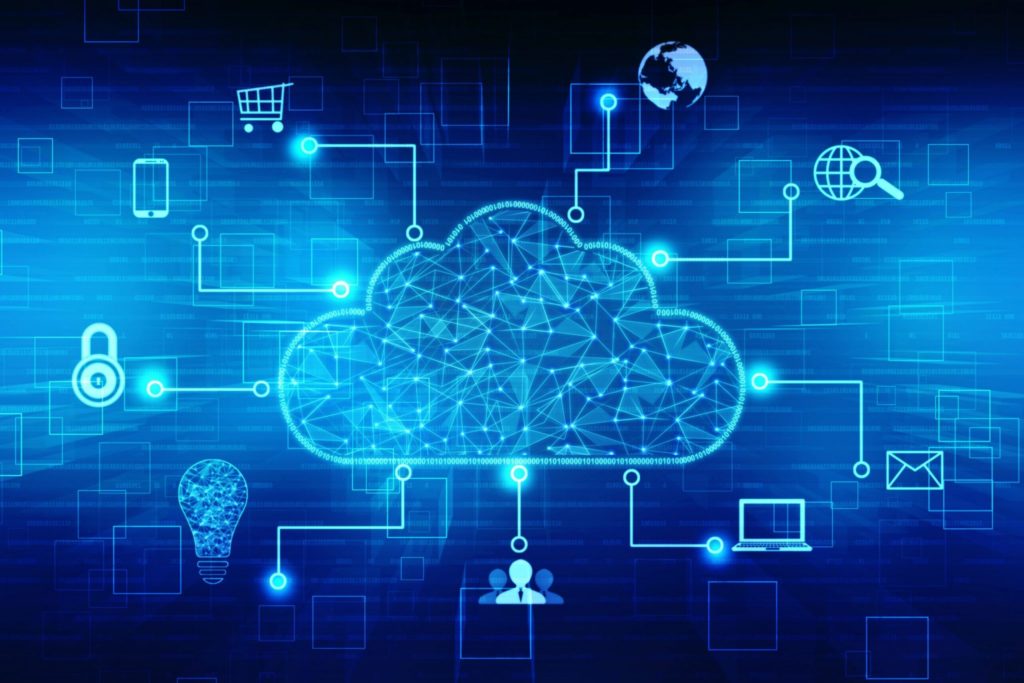Employees are now file-sharing more than ever before, thanks to changes brought about by the coronavirus pandemic. As a result, there is now an even greater need to protect those files as they enter and exit your business’ network.
There are many ways to share files, but there isn’t always a guarantee that these methods are secure. MailCleaner is here to help you make sure that your organisation is following best practices when it comes to file-sharing – keep reading for our top tips for protecting your network against threats.
Make use of VPNs
With remote and hybrid working becoming the norm for a lot of companies, security measures need to be stepped up in order to keep your data safe both inside and outside your network.
It is recommended that your employees use a virtual private network (VPN) whenever they are accessing corporate networks in potentially insecure locations – for example, when using public Wi-Fi. VPNs can shield your data and activity from potential hacking attempts or other harmful attacks.
Optimise your passwords
Most of us know the importance of choosing strong passwords by now – we’re reminded of it every time we create one. Strong passwords make it much harder for hackers and other attackers to gain access to important data and private networks. Passwords should be at least eight characters long and use a combination of uppercase and lowercase letters, special characters and numbers where possible.
Set expiration dates for files
In some cases, you might only want your files to be accessible for a limited period of time – for example, when sharing documents with clients. To ensure access permissions are only granted when you want them to be, set expiration dates on your shared files. That way, the files will only be accessible to the recipient for the time frame specified.
Review access permissions regularly
It’s good practice to monitor who has access to what on a regular basis and review permissions wherever necessary. Just because someone needed access to something at one point in time doesn’t mean they’ll still need access to it in a few months time.
Regularly reviewing permissions ensures that users can only access what they need to and can be continuously authenticated prior to gaining permissions. This subsequently reduces the chances of data loss, information ending up in the wrong hands, and cyberattacks.
Use multi-factor authentication
All organisations should employ multi-factor authorisation to ensure users are who they say they are and are allowed access to corporate systems and files. Multi-factor authorisation works by using multiple methods to verify user identity – for example, a password that only the user knows, something that only the user possesses (such as a key fob, or a code sent via text message), and biometric identifiers like voice recognition or fingerprints.
MailCleaner can help you ensure your organisation stays safe and secure when file-sharing. We offer shared and virtual cloud-based anti-spam solutions with built-in anti-virus protection that can secure your communications and protect your business from phishing attacks, malware and viruses. If you want to make sure your organisation’s data and files are properly protected, get in touch today.
